Select a province & language
Entrance to this website assumes you have read and agree to these Legal Terms and Conditions and the Privacy Policy.
Entrance to this website assumes you have read and agree to these Legal Terms and Conditions and the Privacy Policy.
Written by Richard Giordano – Desk To Glory
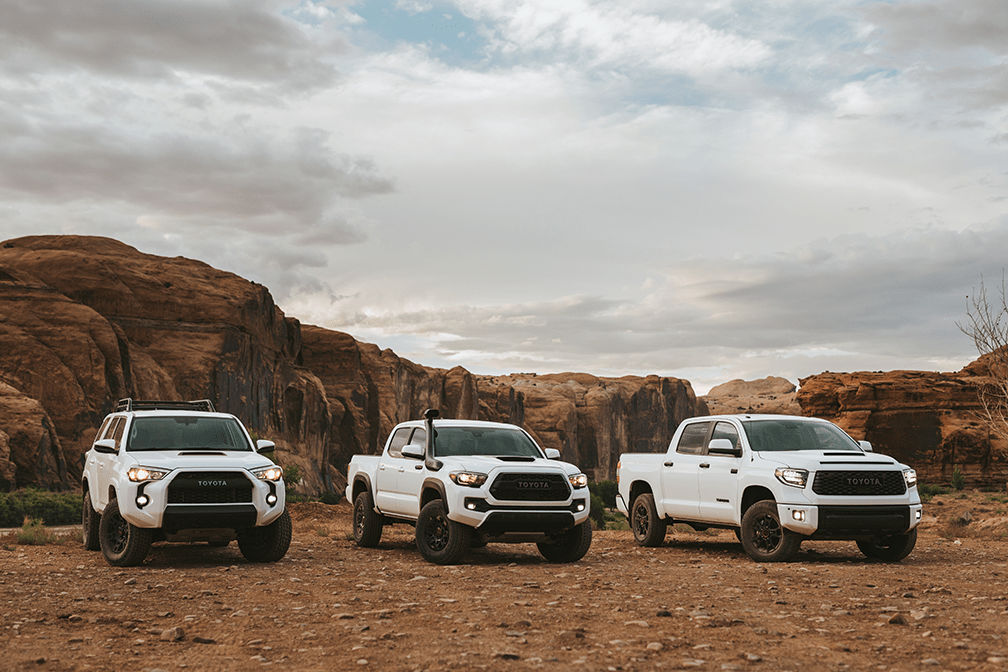
I had heard plenty of stories about lavish automotive manufacturer press trips. Swanky hotels, five course meals, and just enough time behind the steering wheel to jot down 1300-1600 words for your favourite magazine. This trip wasn’t going to be like that. A TRD Pro is built to spend its life in the dirt and on the rocks, so that’s exactly where we’d be. Over four days we drove 258 scenic kilometers on the Rimrocker Trail, starting in Moab, Utah, and eventually arrived in Ouray, Colorado for the FJ Summit. From there we crawled over Imogene Pass at 13,114 feet of elevation and descended into Telluride, Colorado. Along the trail we traded luxury hotels for thin canvas tents. It’s a good thing that sleeping in the wild comes naturally to me, especially after a long day on a dusty trail.

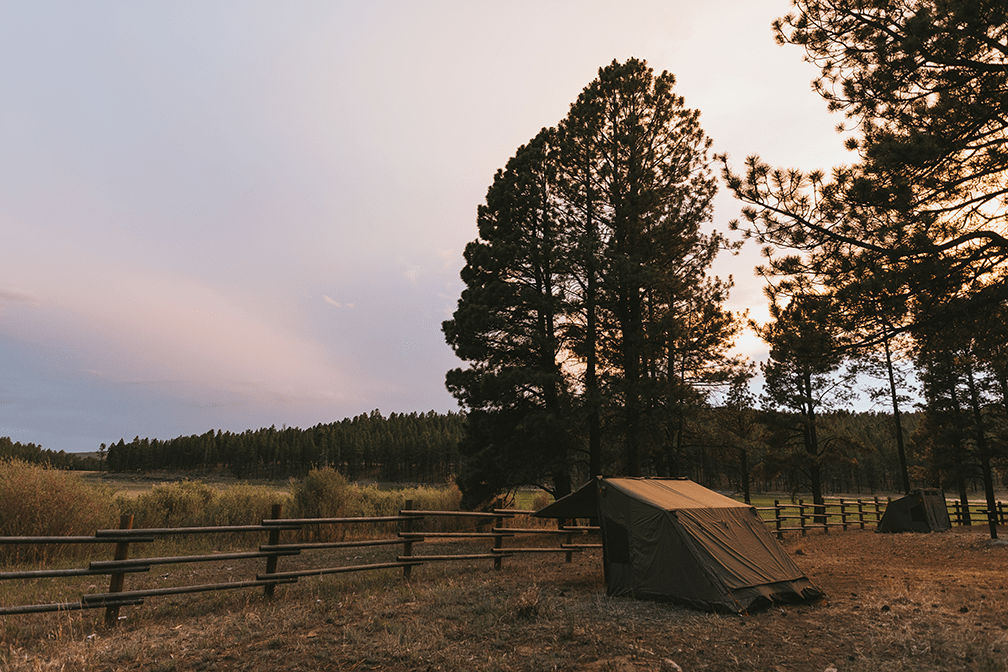
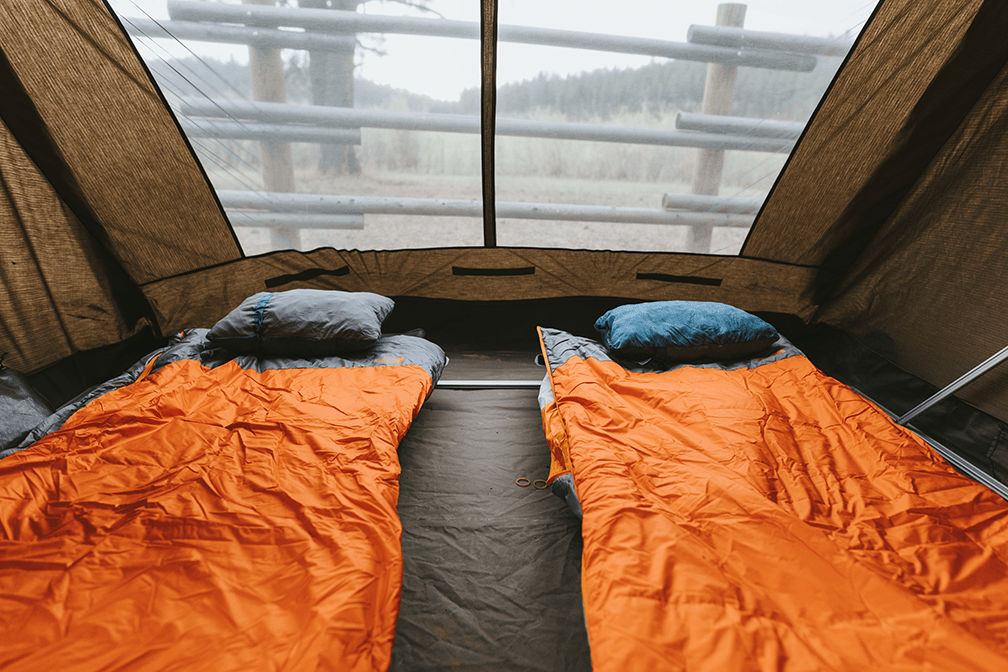
Don’t get me wrong, this wasn’t a group of journalists left to their own devices and destined to be a TRD version of Lord of the Flies, based somewhere in the La Sal Mountains. The crew from Expedition Overland brought their 200 Series Landcruiser and brand-new Tundra Platinum, complete with fully-loaded Patriot trailers, to guide us, feed us, and bring a sense of luxury to this off-road trip. Our only responsibility was to experience some seat time in the 2019 TRD Pro lineup and follow the leader. Maybe it would be an opulent experience after all.
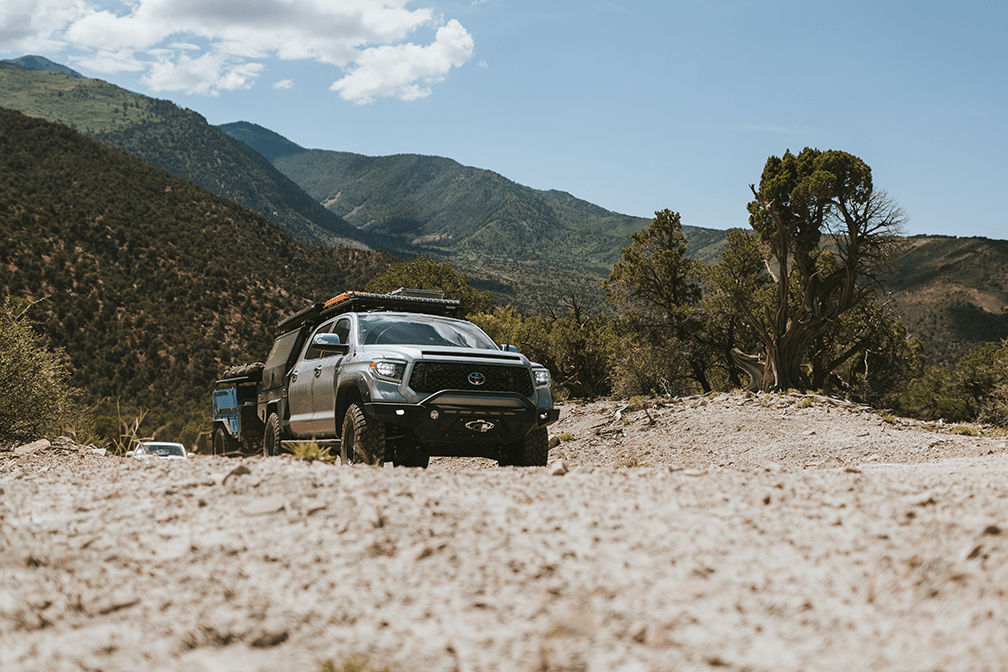
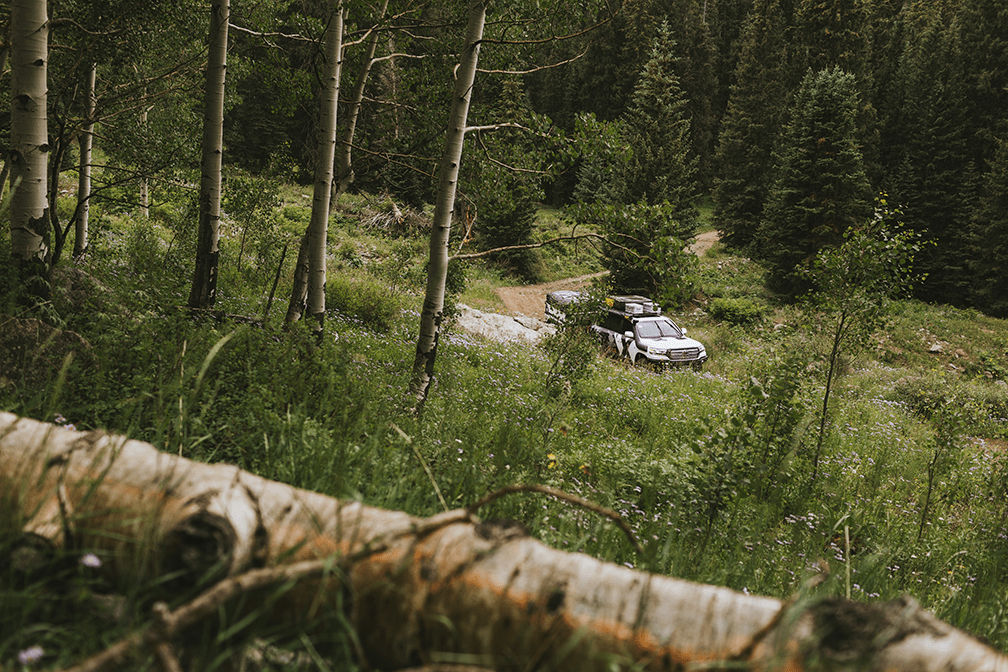
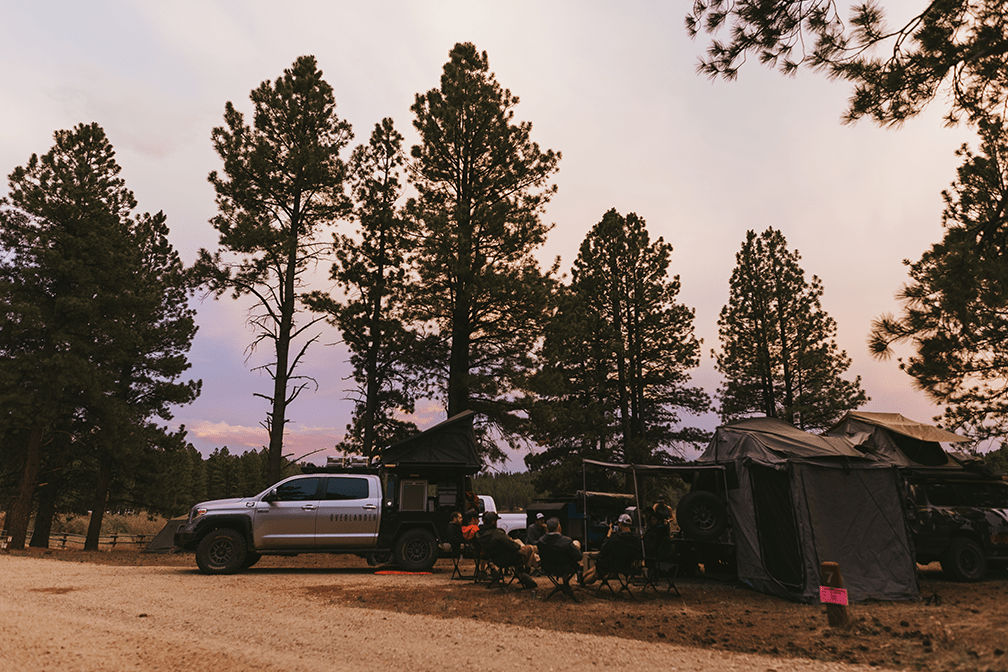
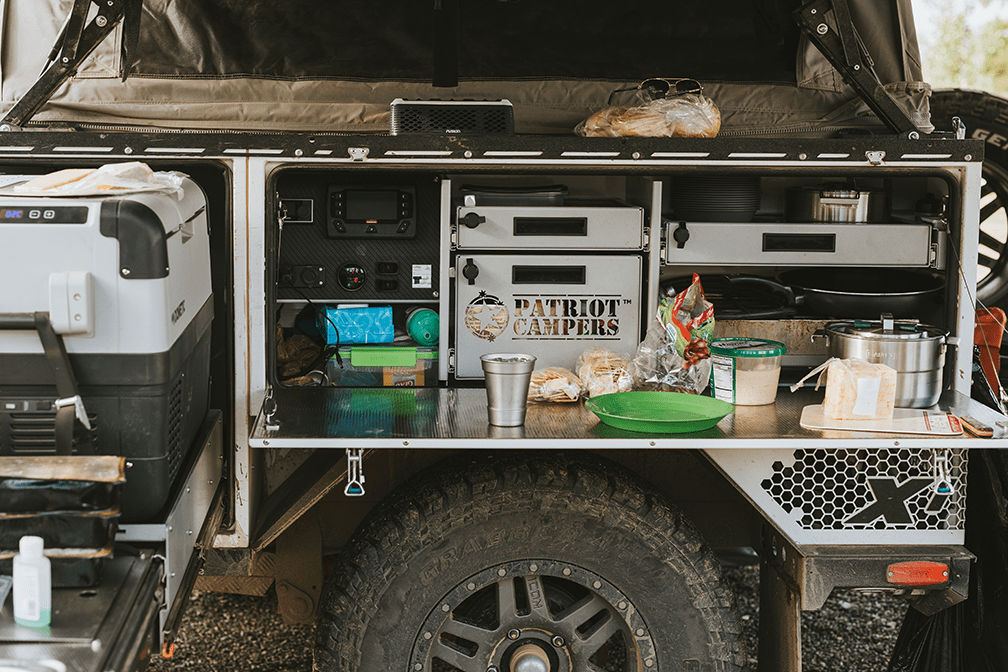
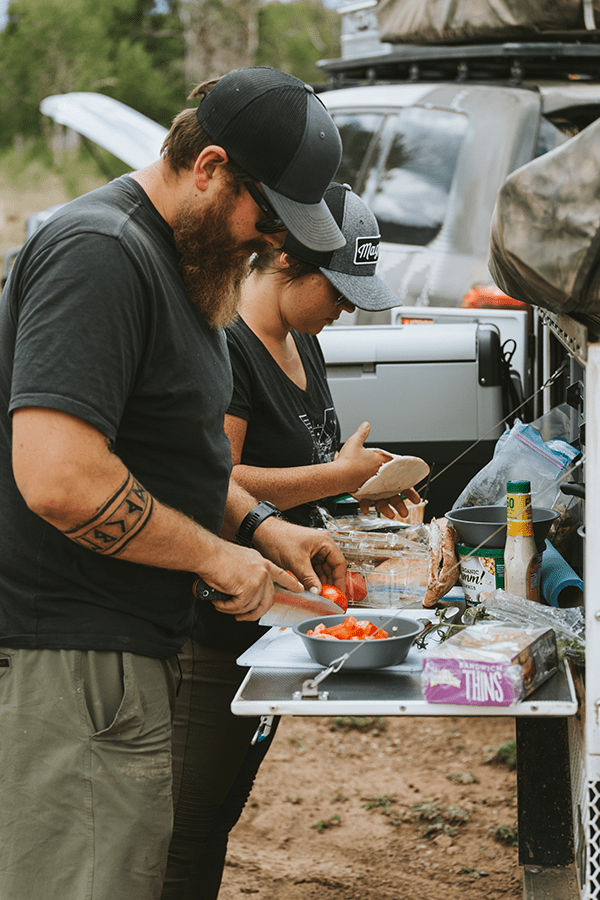

Six of us landed at the Canyonlands Airport near Moab, Utah, where we were picked up by the Toyota/Expedition Overland team. We immediately b-lined it from the tarmac to the approach of Hurrah Pass in order to capture images of the three Super White trucks before they got covered in dirt. The classic red Moab slickrock was the perfect backdrop for our first round of photos.
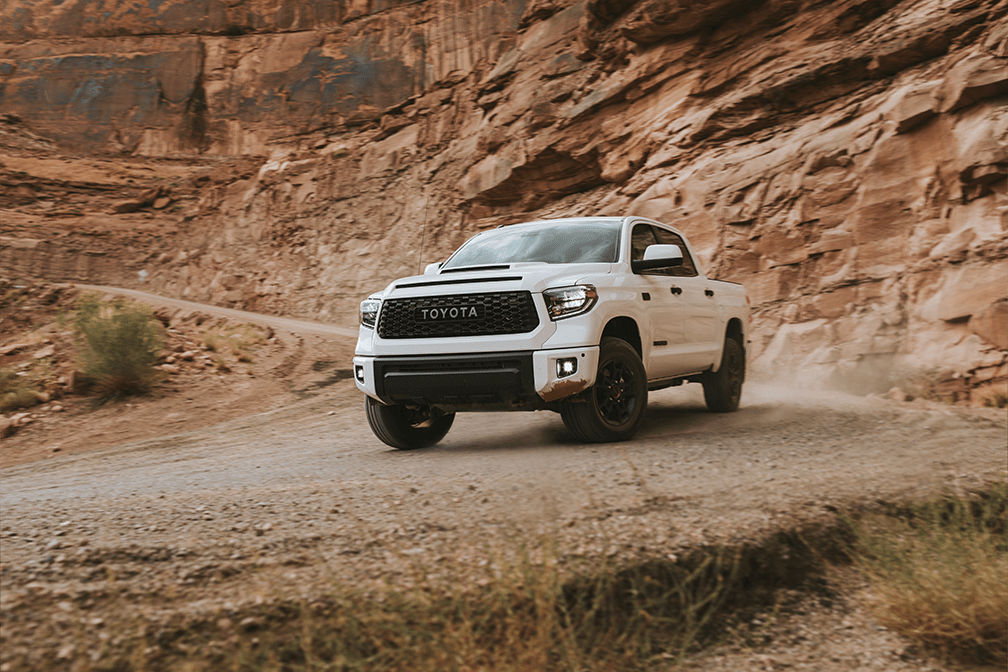
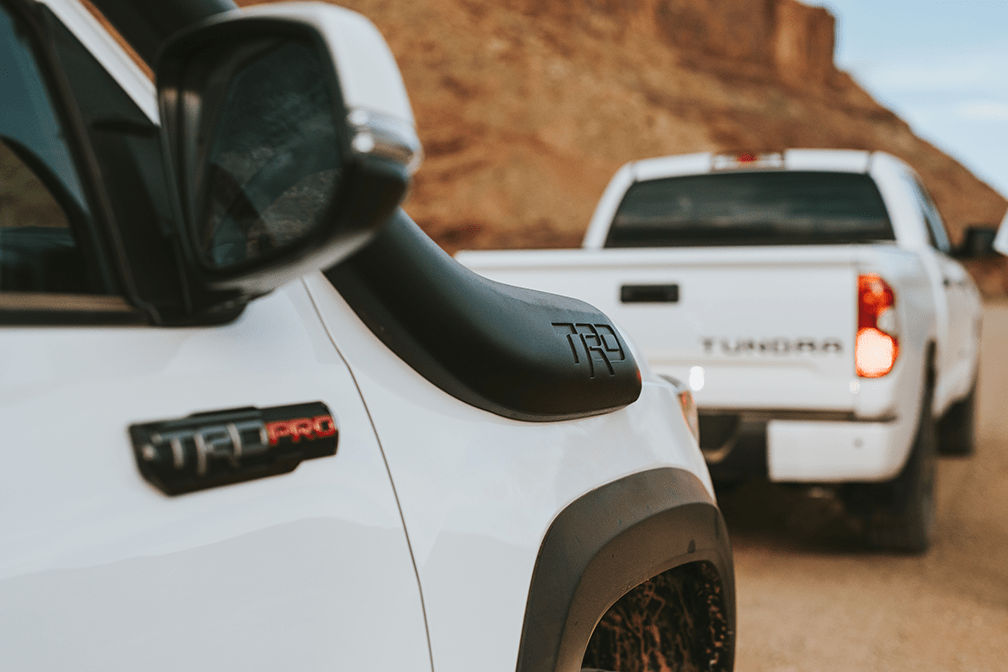
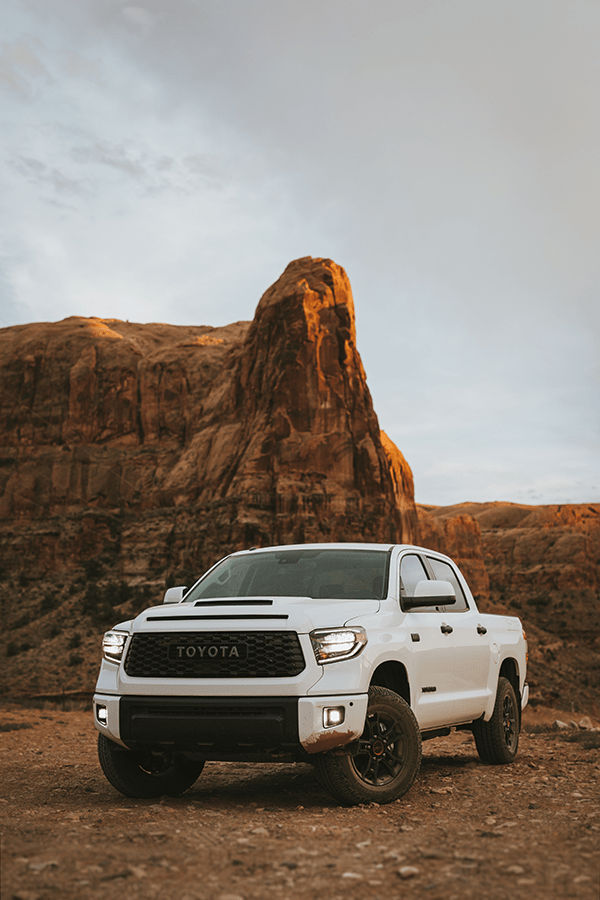
While chomping on breakfast burritos the following morning, a glance at my weather app showed a high of 38C. Yeah, that’s hot. Cooler temperatures and a fresh breeze at a higher elevation was definitely a goal worth driving towards.
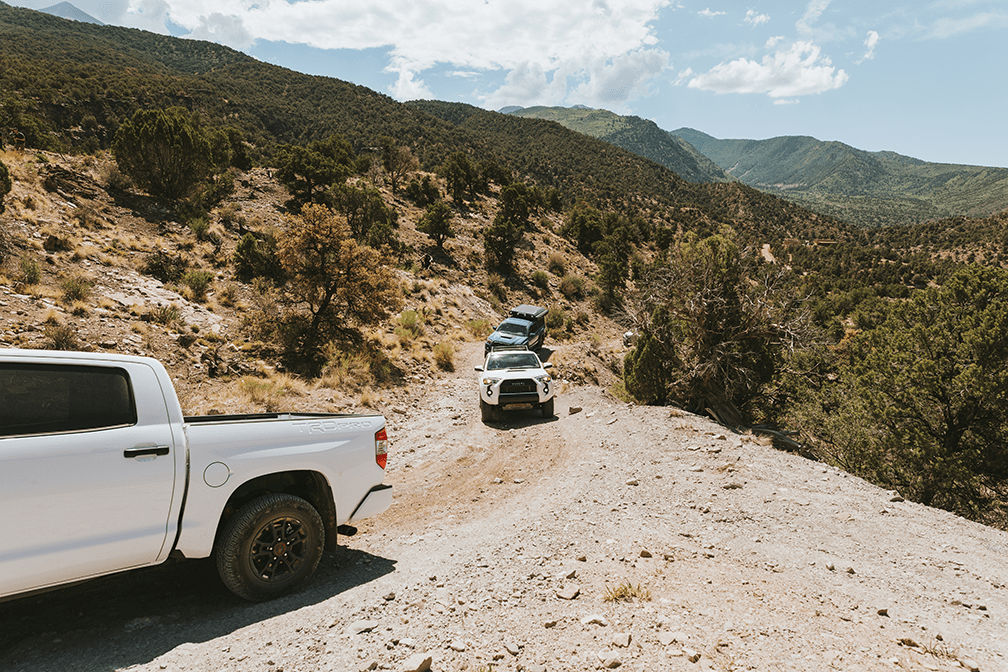
We aired down the tires once we reached our first taste of dirt. By decreasing tire pressure, the contact patch (total area of the tire that touches the ground) grows, and traction is therefore increased. The lower air pressure results in a softer ride for the passengers, but more importantly reduces impact on the environment by increasing traction and limiting tire spin over obstacles.
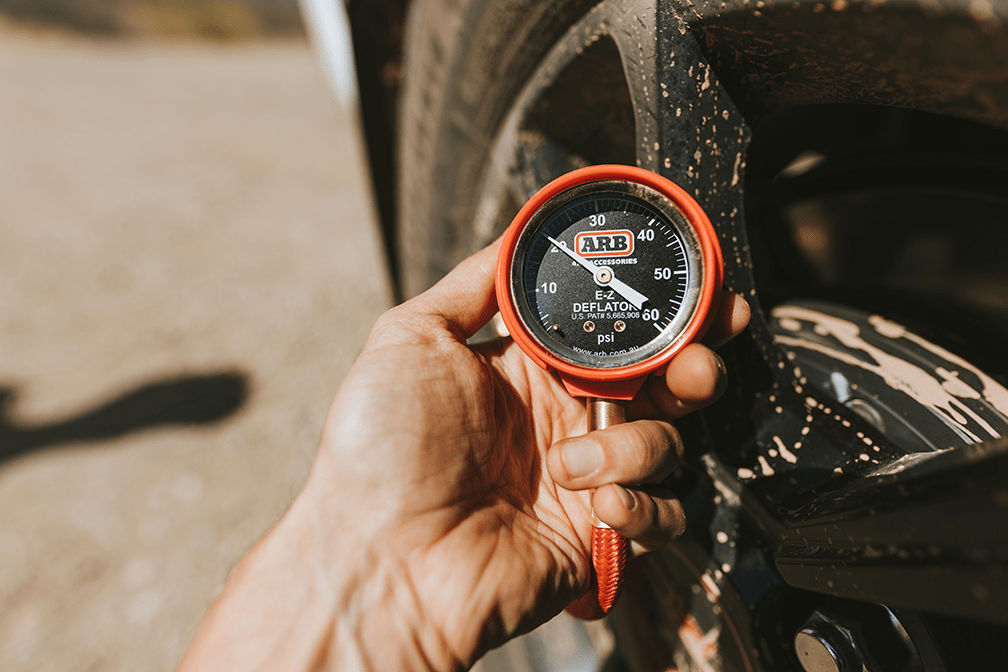
The Rimrocker Trail isn’t particularly technical, but it is a fantastic representation of the terrain that an average Toyota 4x4 will experience over its lifetime. The trail commences with fast sweeping, dusty, graded gravel roads (a perfect place to put the TRD Desert Air Intake to the test) and then gradually degrades to a rocky trail that requires 4Lo and being choosy about your driving line. As we meandered up and over the La Sal mountain range the red rock desert transformed into wet pine forest. In a matter of hours as we capped out at 10,083ft (3,073m) where we embraced the reprieve from the desert heat.
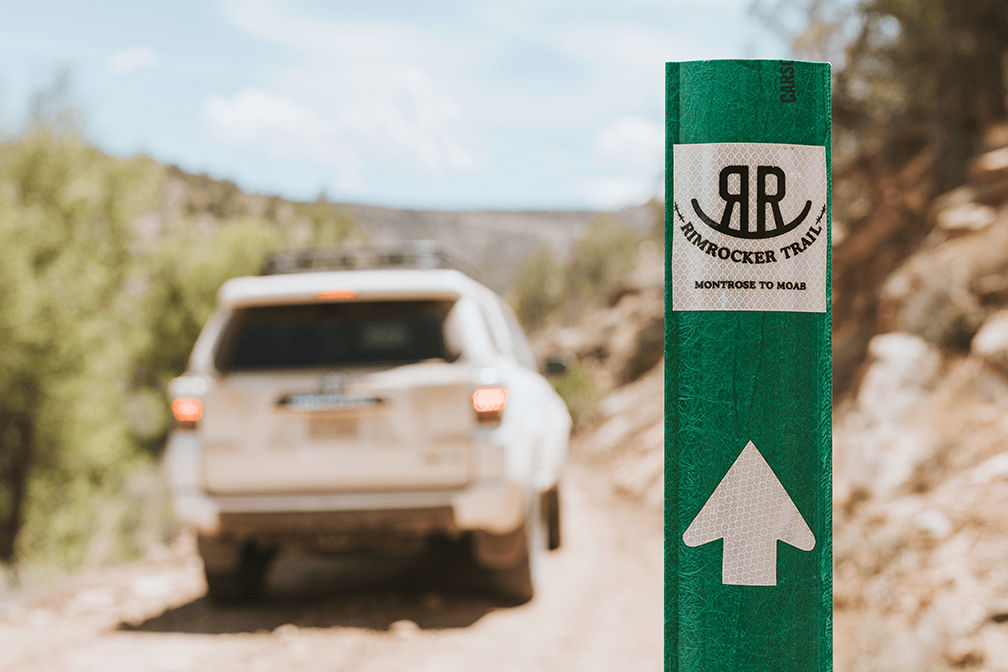
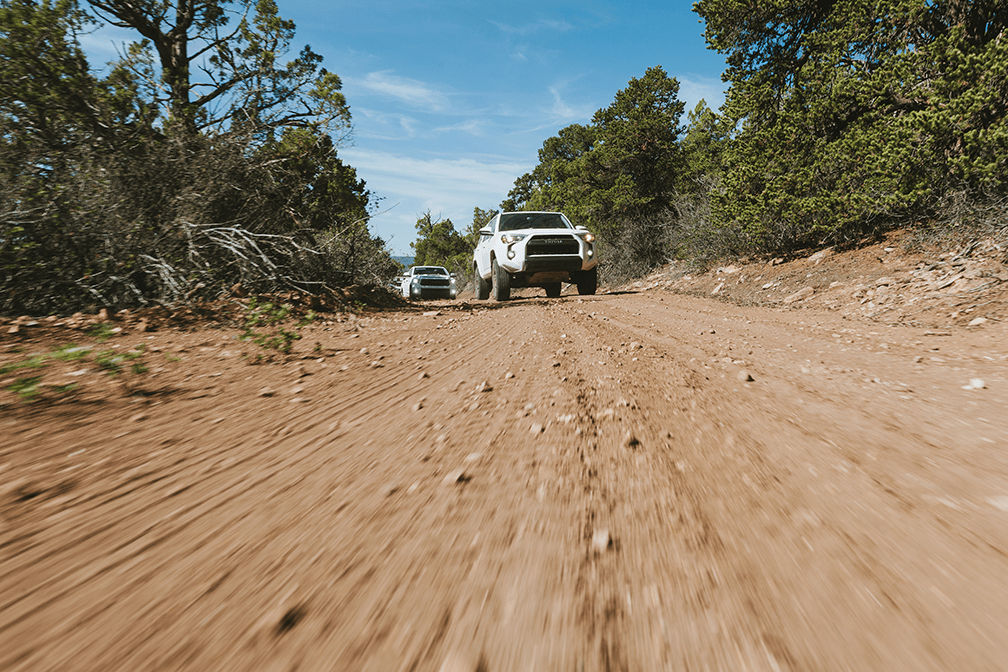
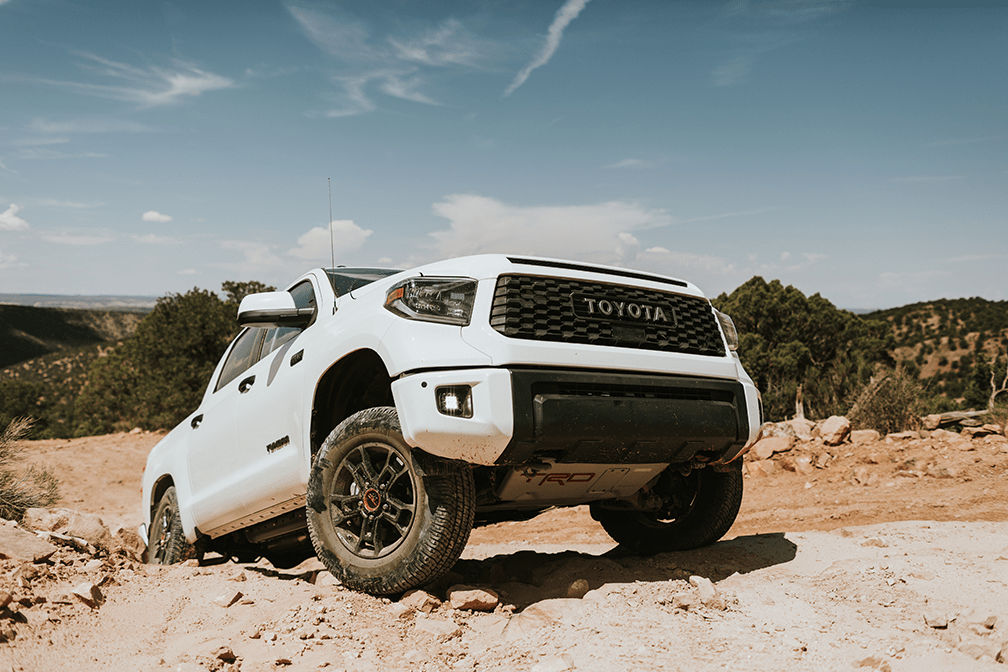
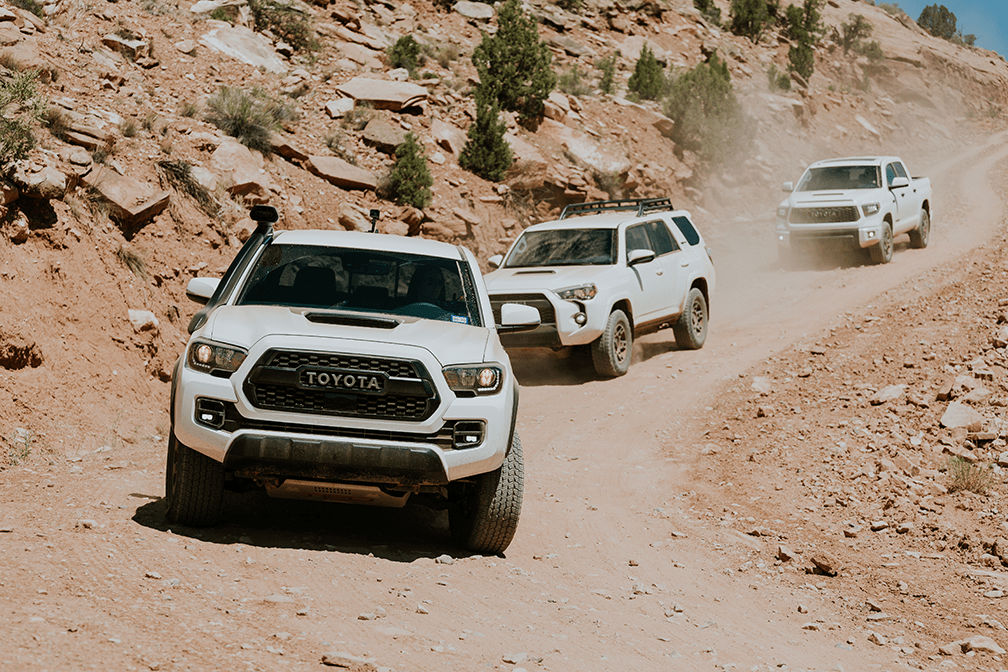
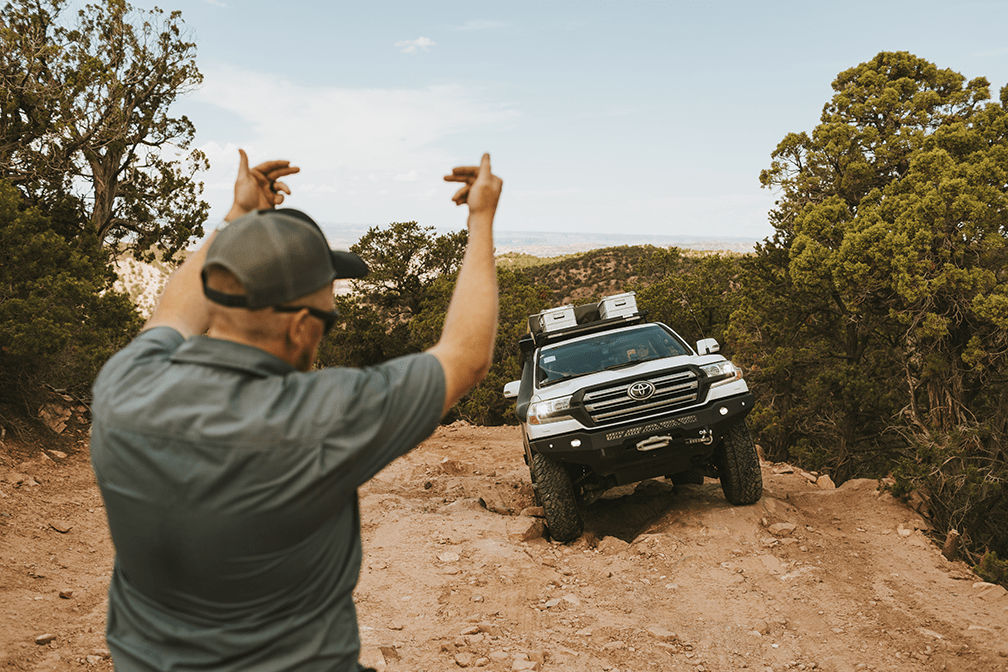
The trail experience was unquestionably about having fun in the dirt, but that didn’t mean we were going to turn a blind eye to race-bred technology. TRD worked with Fox to design the new 2.5” Fox internal bypass shocks for the Pro vehicles. When paired with TRD springs, they almost begged to be pushed harder and harder as we continued on the trail—we of course obliged. The multiple bypass zones within the shocks effectively controlled compression and rebound, regardless if we were cruising over washboard or taking big bumps as we dropped over steep rock ledges.
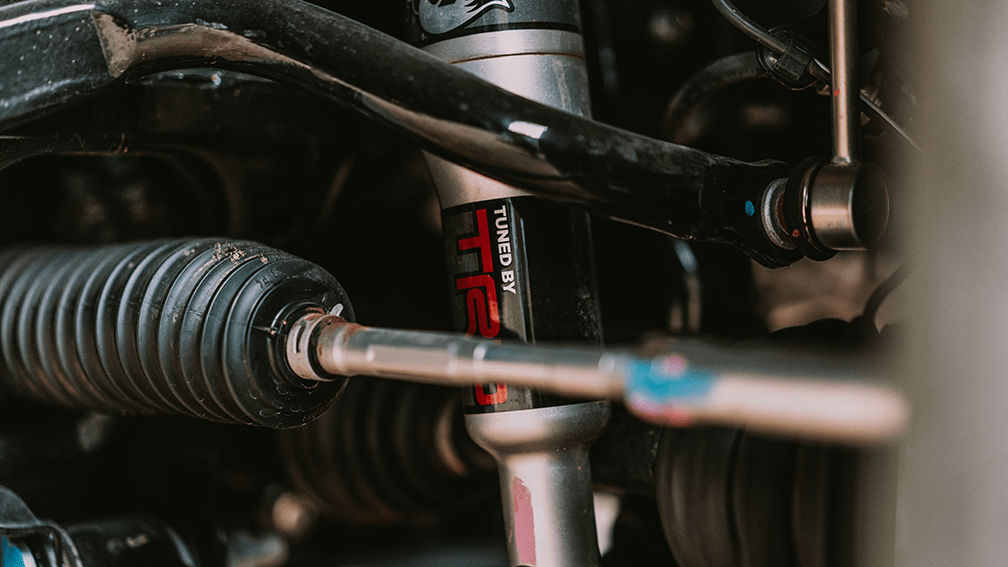
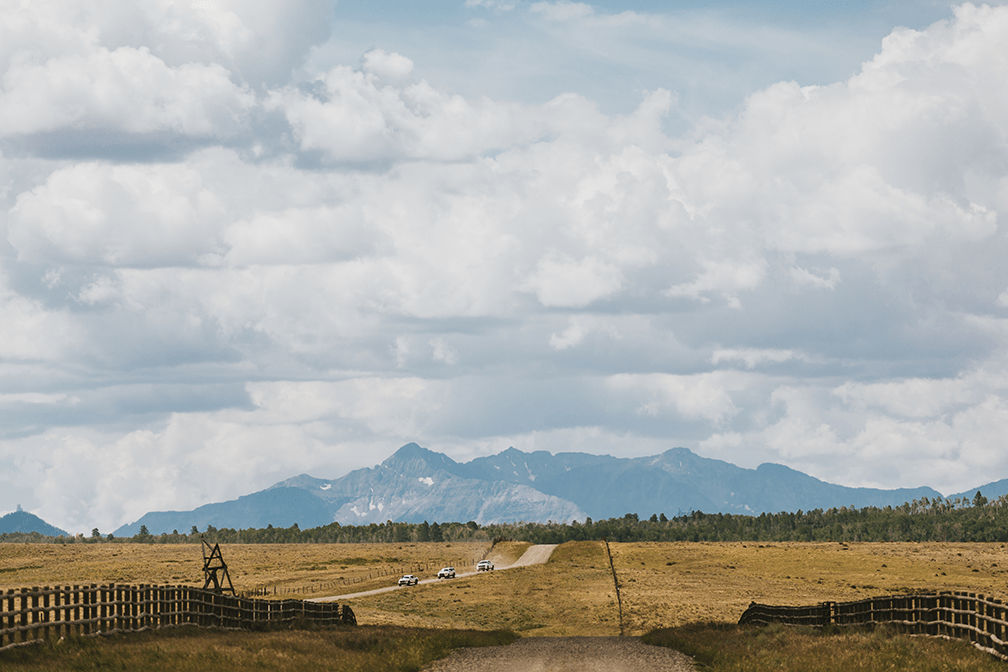
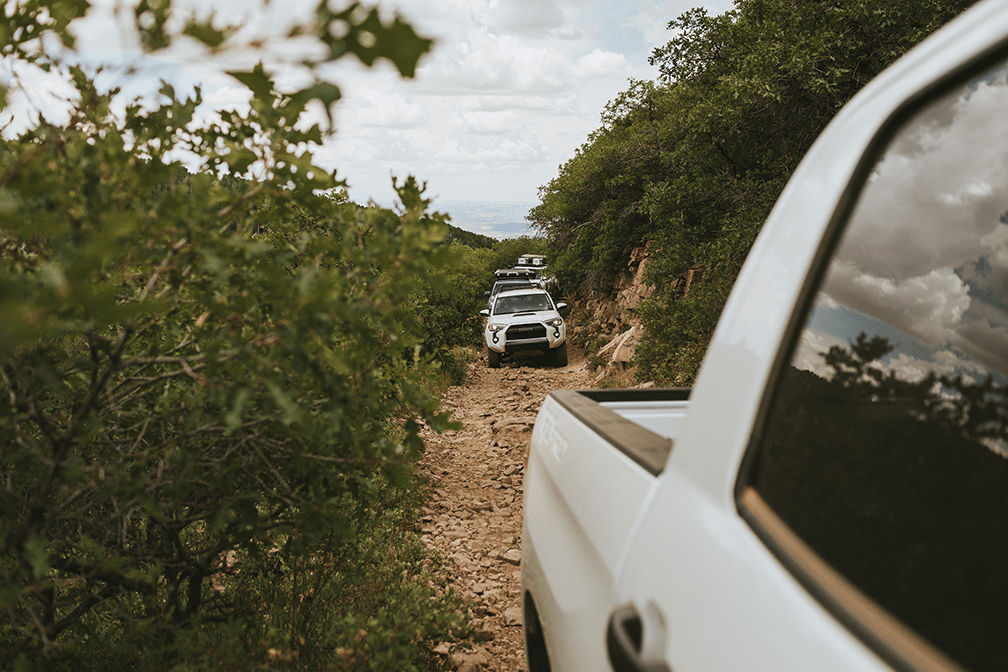
Additionally, the TRD springs provide 1” of lift on the 4Runner and Tacoma, and 2” on the Tundra. The added clearance made a world of difference when navigating the rocky trail. For those times when the lift wasn’t quite enough, the TRD Pro skid plates protected the important undercarriage bits.
I will neither confirm nor deny whether I put those skid plates to the test.
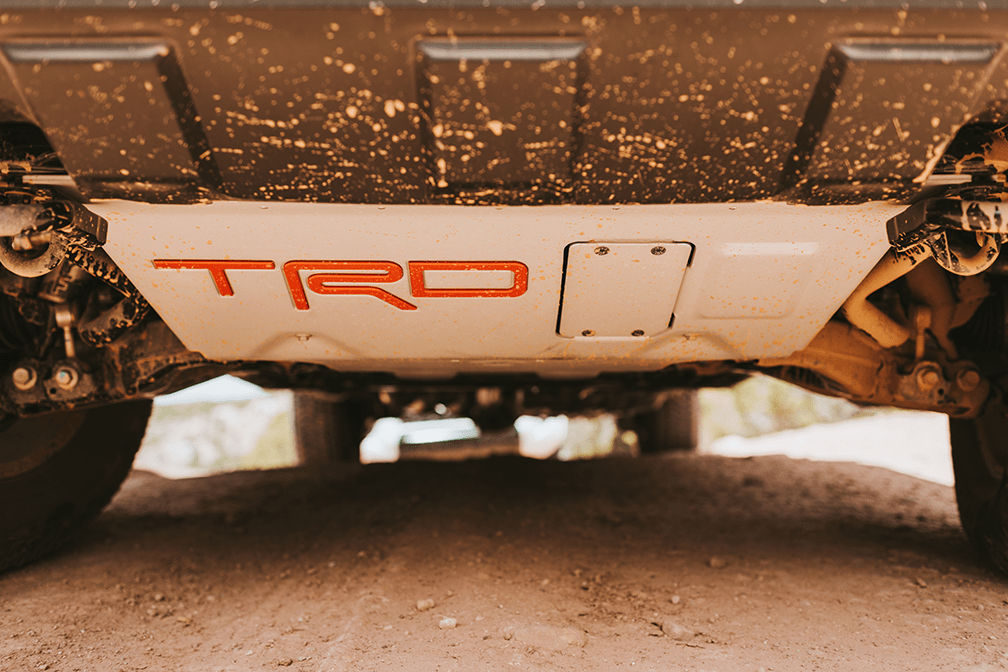
At times the Rimrocker Trail narrows to, well, the same width of a Tundra (or maybe a touch narrower, as the slight pinstriping on that truck will attest to). Eventually switchbacks opened up to precarious shelf roads of loose scree with views of Utah that seemed to stretch all the way to Nevada. A long first day on the trail brought us into camp as the sun was going down, but well before we needed to try out those new Rigid Industries LED fog lights. Oh well, maybe next time.
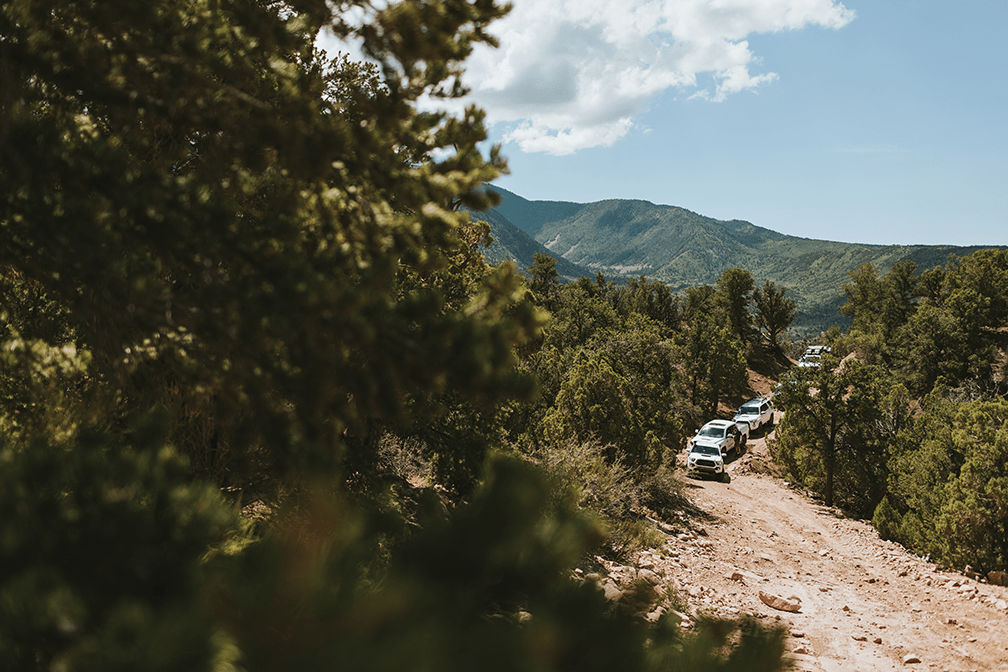
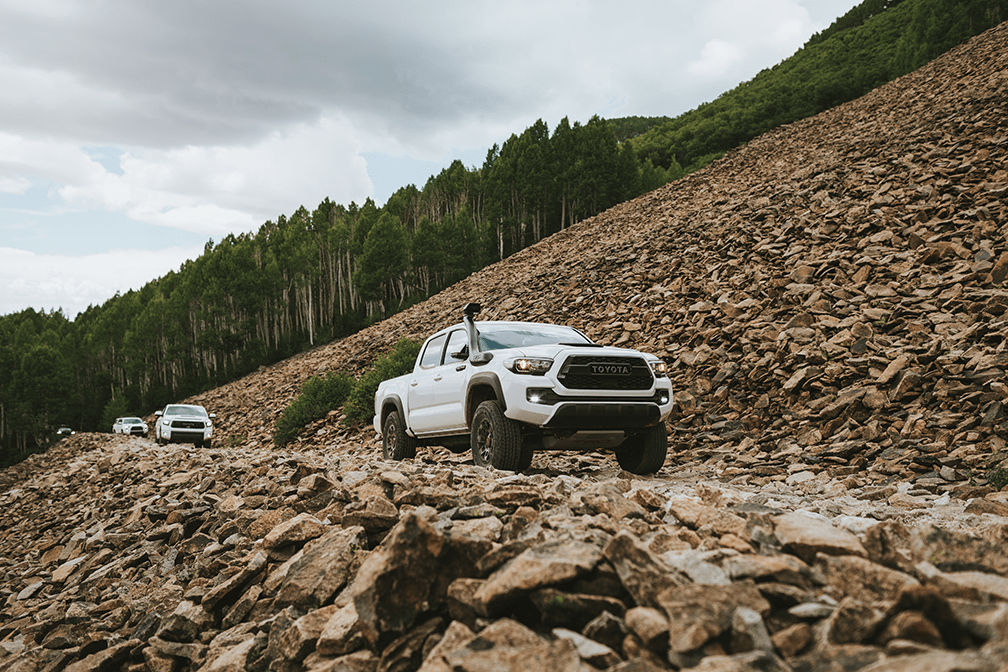
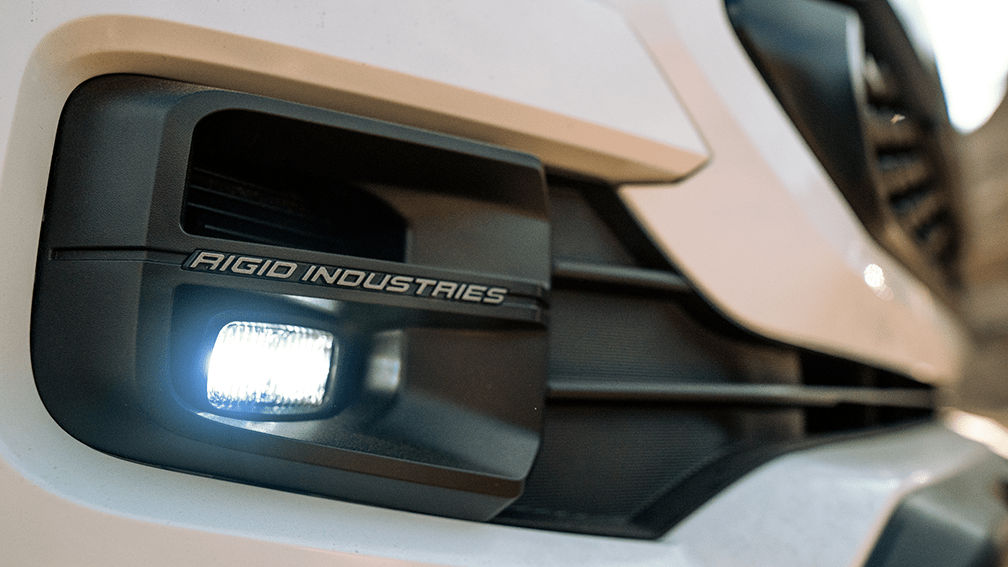
The subsequent two days were similar to the first, but with a landscape that was ever changing. Our routine was wake up, drive, eat, drive, eat, sleep, repeat.
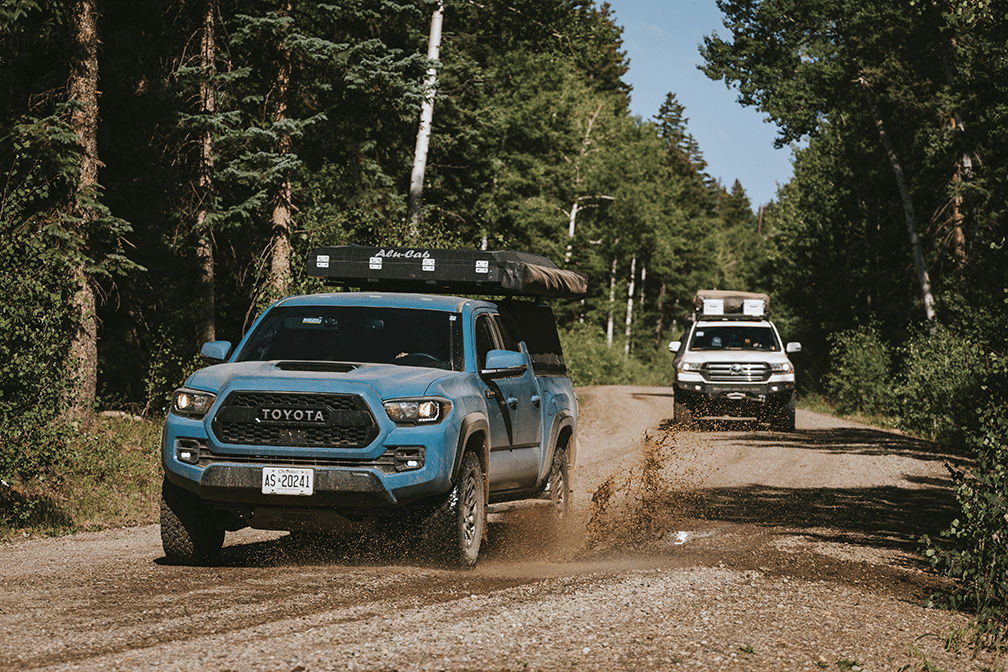

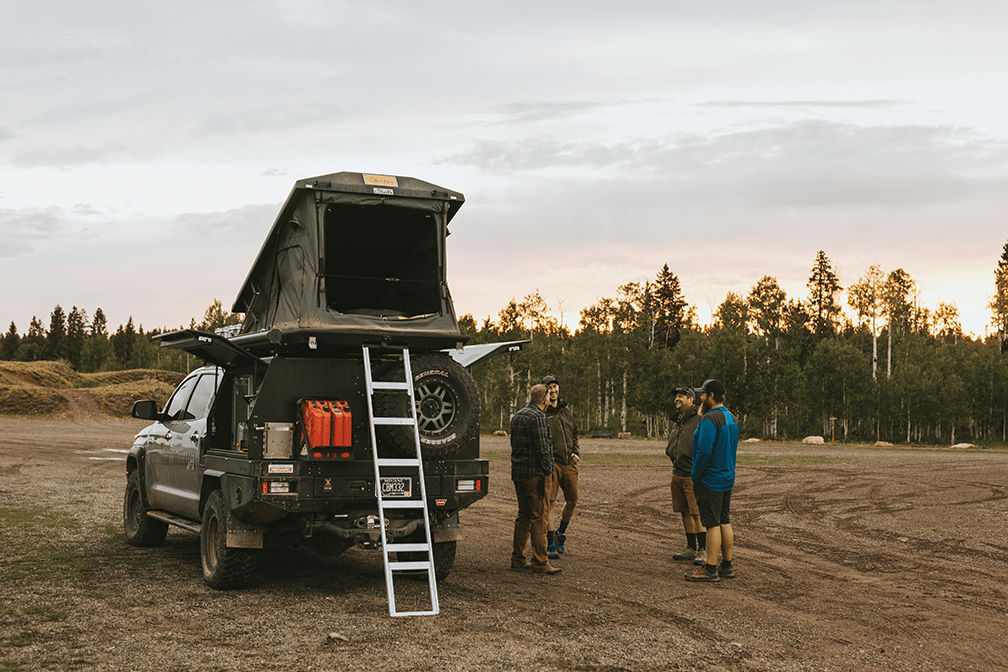
The final day brought us to the highest pass in the San Juan mountains. Imogene Pass stretches between Ouray and Telluride. Some people hike this route, but we sat in our air-conditioned trucks and let the vehicles do all the work. We crossed rivers, passed waterfalls, skirted along precarious edges, enjoyed rolling hills of wildflowers and reached a maximum of elevation of 13,114ft (3,997m).
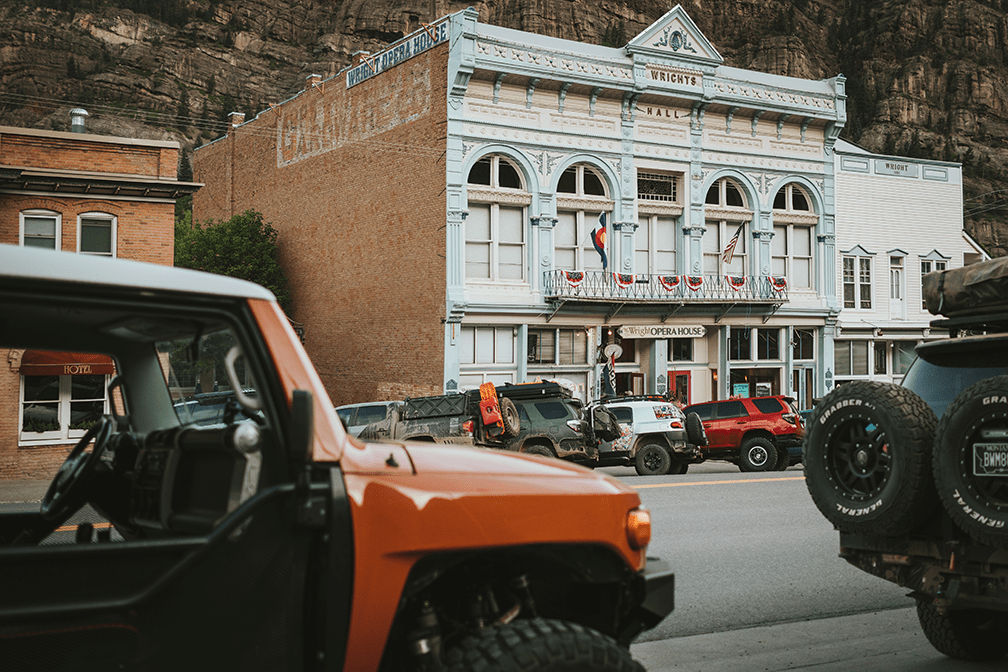
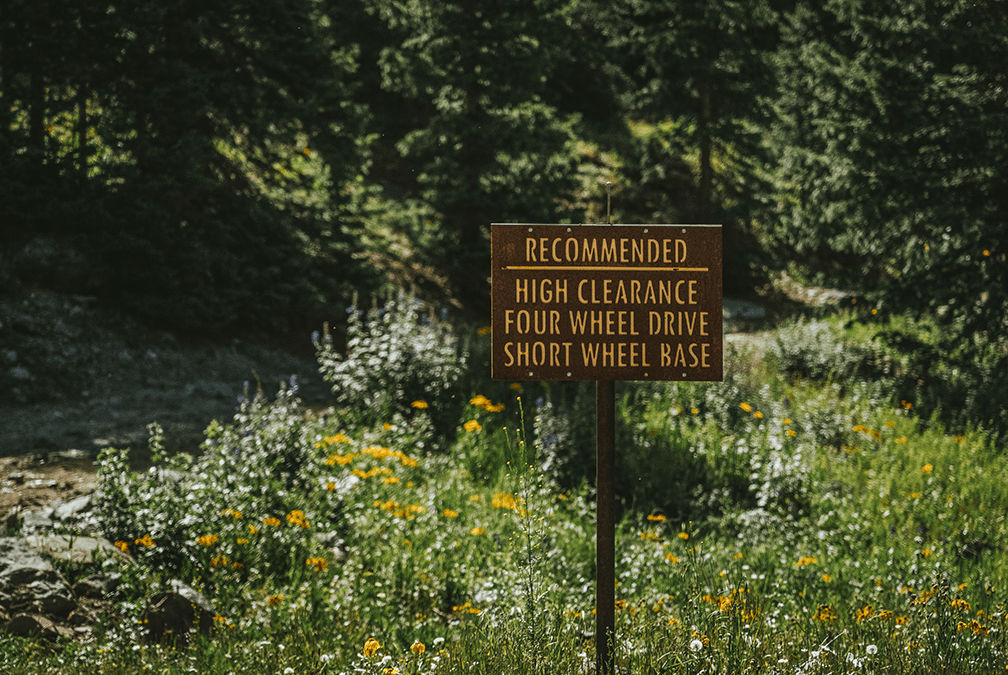
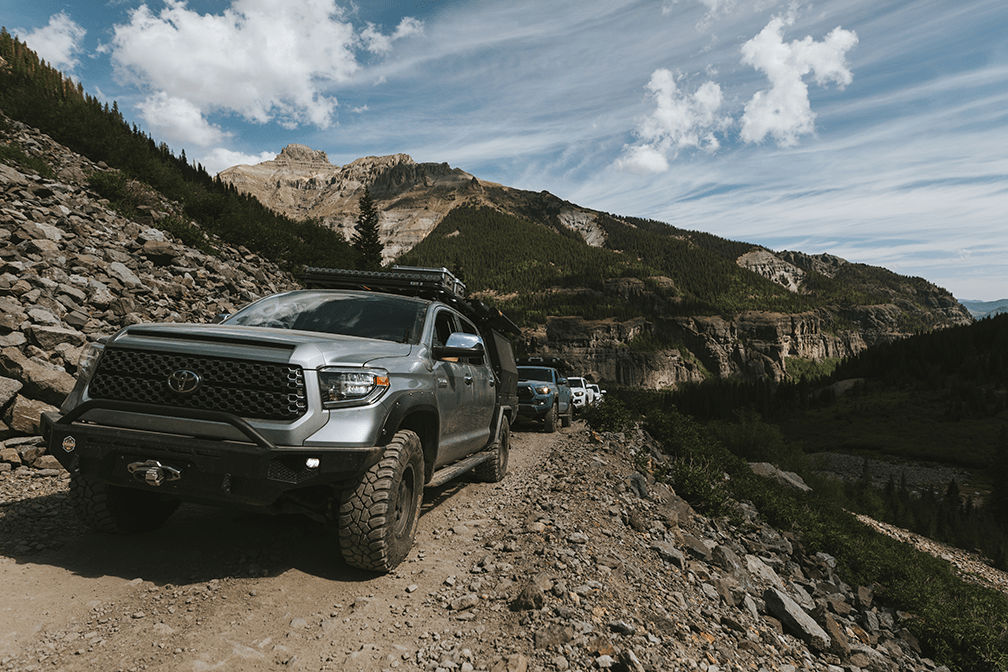

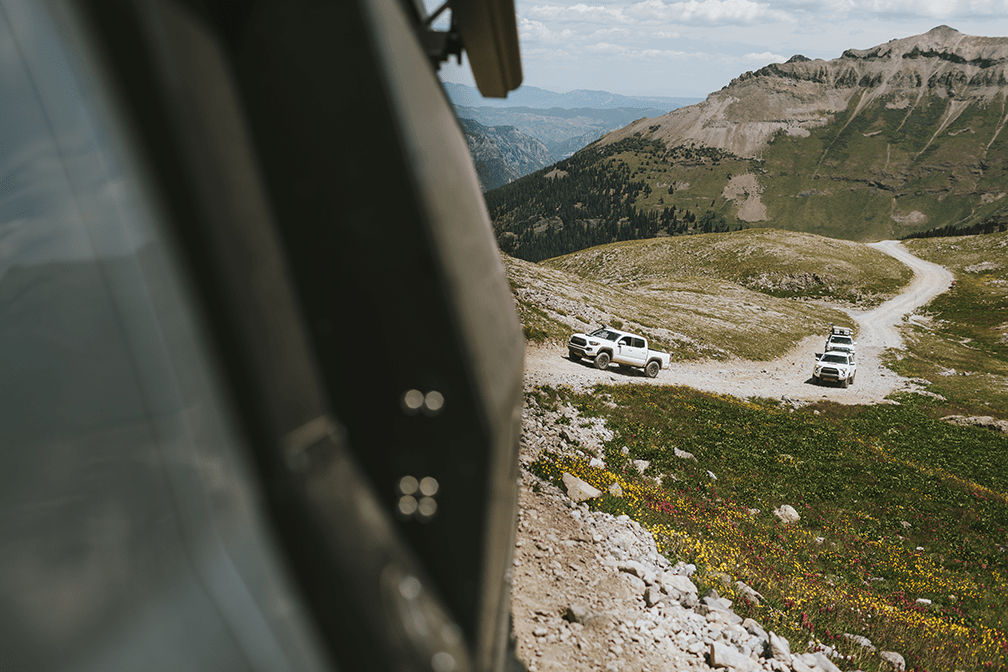
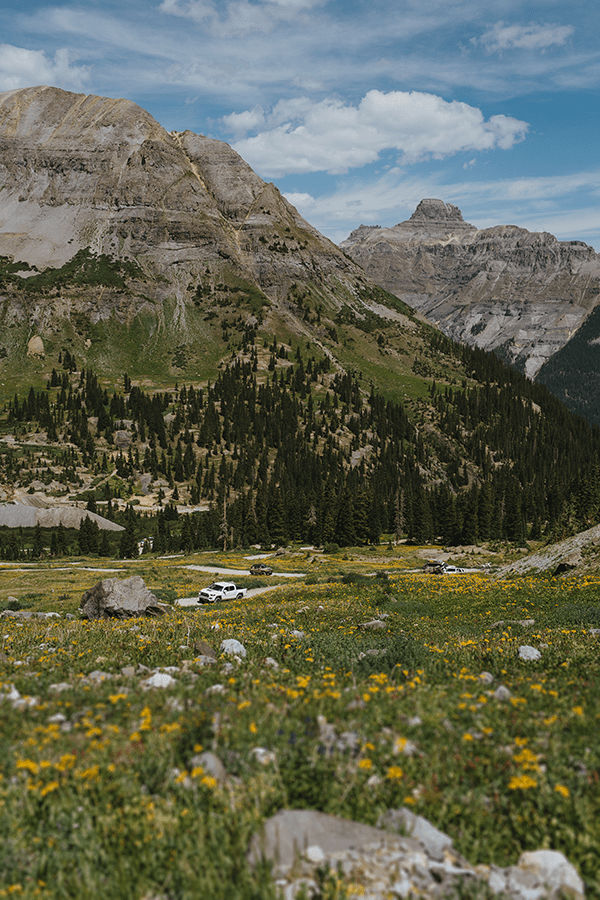
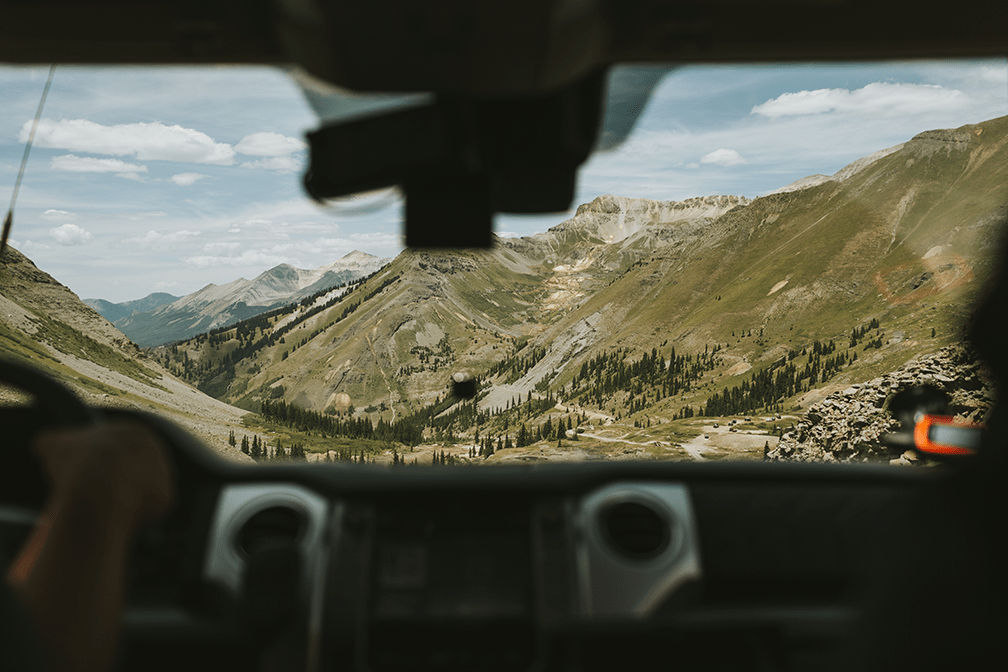
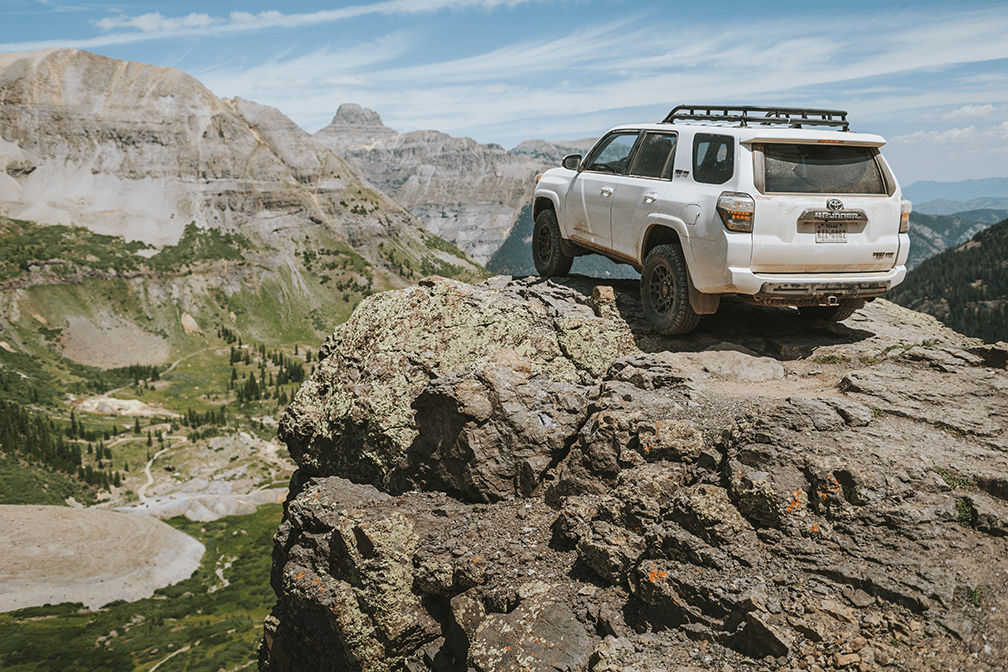
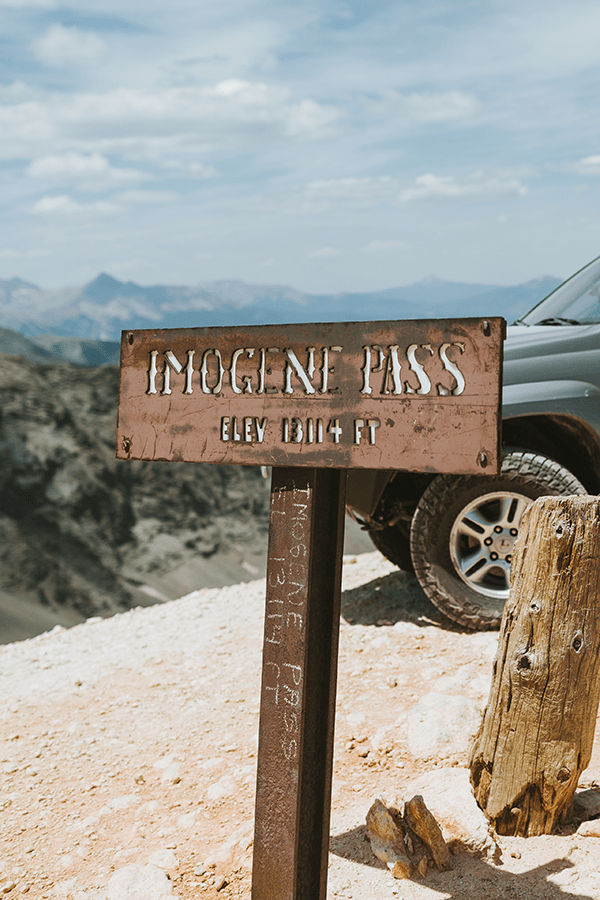
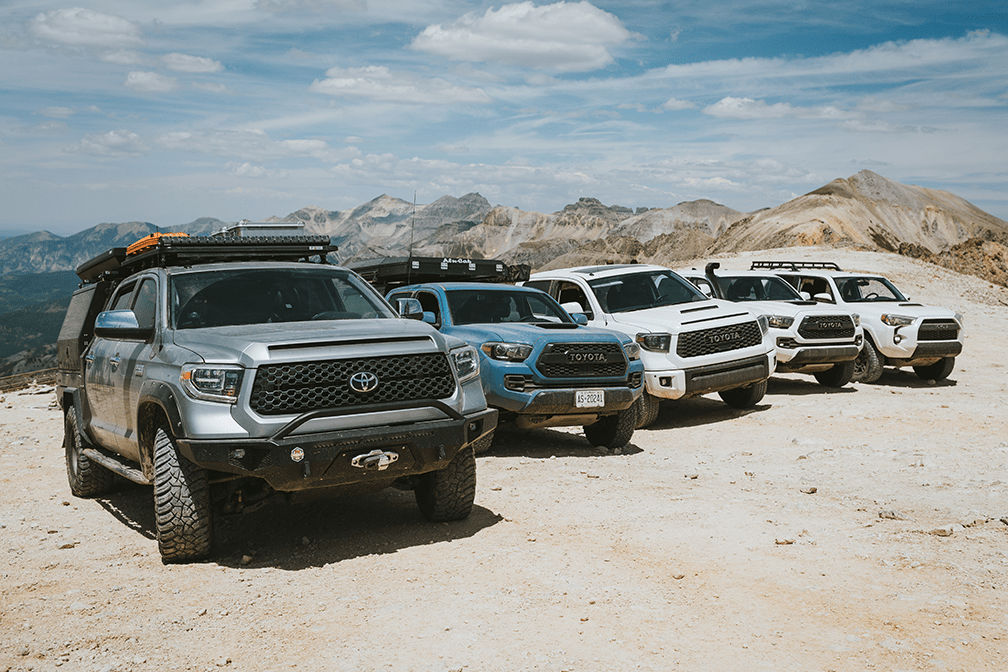
These trucks did exactly what they were supposed to do without complaint. They took abuse from a group who didn’t necessarily have the most mechanical sympathy in the world, conquered all obstacles we pointed them towards (whether this was solely with human input or with the electronic precision of Crawl Control), and successfully delivered us to camp feeling fresh as daisies. Each night our group circled up around a hot meal and shared stories of the day, and of adventures past. Isn’t that what it’s all about?
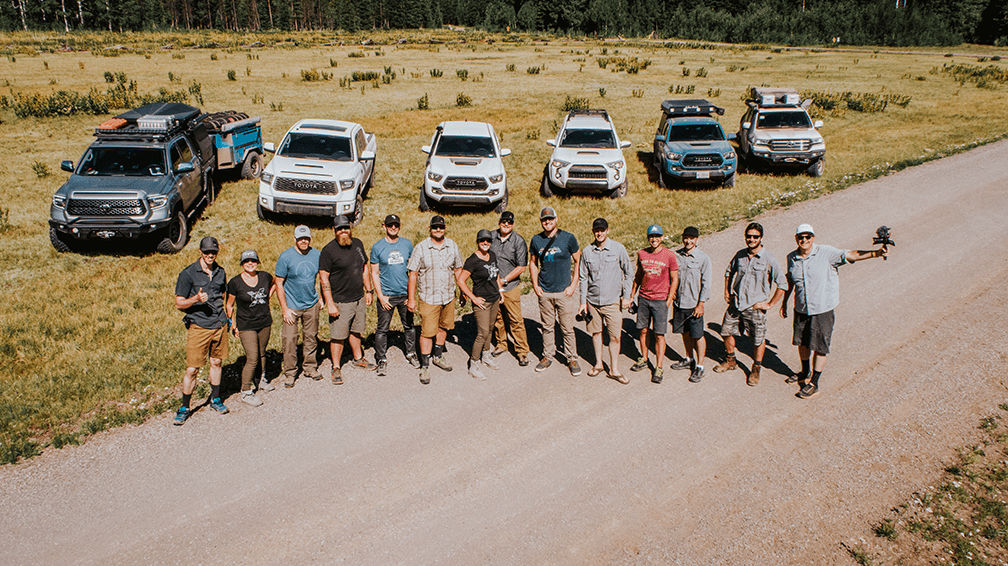
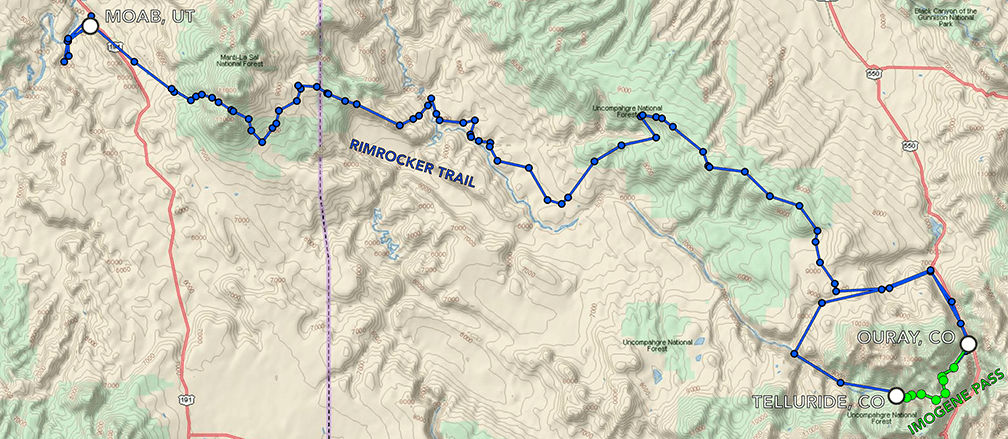
Rimrocker Info Sidebar: